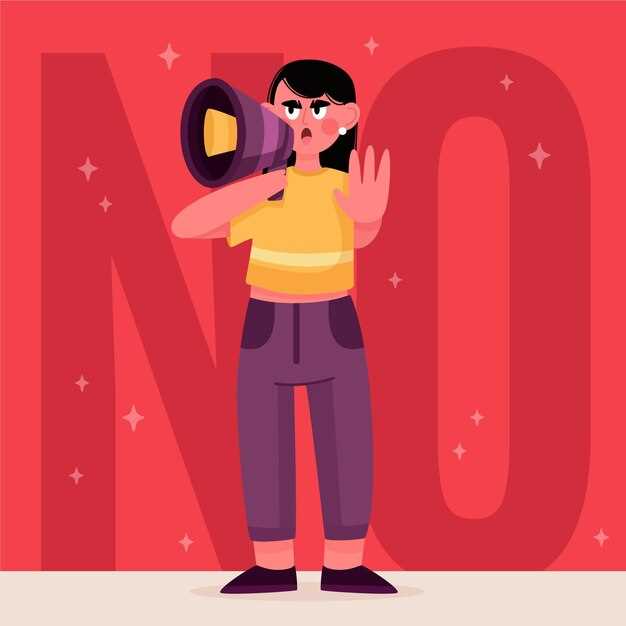
Are you tired of relying on the same old routine to manage your prescription medication? If so, we have an exciting solution that could change the way you approach your health. Introducing a revolutionary alternative for those who are looking to explore new possibilities in their medication journeys.
Break free from the monotony and explore a fresh perspective
Experience a transformation in your regimen and embrace a more dynamic approach to your health
Imagine a world where you have the power to make informed decisions about your well-being, where you no longer feel limited or dependent on a single drug. Our innovative solution opens the door to a universe of alternatives, giving you the freedom to personalize your treatment plan like never before.
Understanding propranolol and the process of withdrawal
In this section, we will explore the concept of propranolol and its withdrawal, diving into the underlying mechanisms and the importance of gradually tapering off the medication.
Propranolol, a medication commonly prescribed for various conditions, belongs to a class of drugs called beta blockers. These medications work by blocking the effects of adrenaline on the body’s beta receptors, resulting in a decreased heart rate and blood pressure.
When individuals who have been taking propranolol for a prolonged period decide to discontinue its usage, they may experience a process known as withdrawal. It is crucial to understand that abruptly ceasing propranolol can lead to unwanted effects on the body, as the sudden withdrawal from beta blockers might trigger a rebound effect.
To manage the withdrawal process effectively, healthcare professionals recommend gradually tapering off the medication. This involves slowly reducing the dosage over a specified period, allowing the body to adjust to the changes and minimizing potential withdrawal symptoms.
During the tapering process, it is essential to closely monitor any signs or symptoms that may arise. While withdrawal symptoms can vary from person to person, some common manifestations include increased heart rate, elevated blood pressure, anxiety, tremors, and sleep disturbances.
To ease these withdrawal symptoms, individuals are advised to take certain precautions. Engaging in relaxation techniques such as deep breathing exercises or meditation can provide relief during this period. Additionally, maintaining a healthy lifestyle with regular exercise, nutritious meals, and adequate sleep can alleviate the discomfort associated with withdrawal.
It is crucial to emphasize the significance of seeking medical advice during the withdrawal process. Healthcare professionals can guide individuals through the tapering process, provide support, and address any concerns or questions that may arise. Consulting with a healthcare provider ensures a personalized approach to propranolol withdrawal, taking into consideration individual circumstances and medical factors.
Recognizing the importance of tapering off

Understanding the necessity of gradually reducing the intake of propranolol is crucial when it comes to discontinuing this medication. A proper tapering off process helps your body adjust to the changes and minimizes the potential withdrawal symptoms.
Why is tapering off important?
Tapering off propranolol is an essential step in safely discontinuing the medication. Abruptly stopping the use of propranolol can lead to various withdrawal symptoms that could potentially disrupt your daily life. Tapering off gradually allows your body to adapt to the decreasing dosage and reduces the intensity of these symptoms.
Understanding the withdrawal process

When you have been taking propranolol for a prolonged period, your body becomes accustomed to its presence. Suddenly removing this medication disrupts the balance within your body, leading to withdrawal symptoms. By tapering off, you give your body the opportunity to gradually readjust and minimize the impact of this transition.
Withdrawal symptoms may manifest differently for each individual. While some experiences may be mild, others might experience more intense effects. It is important to recognize that these symptoms are temporary and a natural part of the body adapting to the absence of propranolol.
Common withdrawal symptoms may include rebound hypertension (a sudden increase in blood pressure), increased heart rate, anxiety, insomnia, tremors, and headaches. However, it’s important to note that not everyone will experience these symptoms, and their severity may vary.
Remember, recognizing the importance of tapering off propranolol is crucial to ensure a smoother transition and minimize any potential discomfort. Always consult with your healthcare provider for guidance and assistance throughout the withdrawal process.
Common withdrawal symptoms
When discontinuing the use of propranolol, it is important to be aware of the various symptoms that may occur as part of the withdrawal process. These symptoms can manifest differently for each individual and may vary in severity. It is crucial to recognize and understand these common withdrawal symptoms in order to effectively manage them.
- Physical symptoms: Physical manifestations such as headaches, dizziness, fatigue, and nausea are commonly reported during propranolol withdrawal. These symptoms can cause discomfort and may affect your daily activities.
- Emotional changes: As your body adjusts to the absence of propranolol, you may experience emotional changes. These can include mood swings, irritability, anxiety, or even feelings of depression. It’s important to remember that these emotional changes are temporary and should gradually subside.
- Sleep disturbances: Some individuals may experience difficulties with sleep during the withdrawal process. This can include insomnia, vivid dreams, or changes in sleep patterns. Establishing a relaxing bedtime routine and creating a conducive sleep environment can help alleviate these disturbances.
- Tremors and increased heart rate: Propranolol withdrawal might lead to a temporary increase in heart rate and tremors. These physical symptoms can be unsettling, but they typically resolve on their own as your body adjusts to the changes.
- Changes in blood pressure: It’s possible for your blood pressure to fluctuate during the withdrawal period. Monitoring your blood pressure regularly and informing your healthcare professional about any significant changes can help ensure your well-being.
It is important to note that these common withdrawal symptoms may not occur in every individual and the intensity can vary. It is crucial to seek medical advice throughout the withdrawal process to receive personalized guidance and support. Your healthcare professional can provide you with strategies and recommendations to manage these symptoms effectively.
Remember, understanding and managing withdrawal symptoms can greatly contribute to a smoother process as you gradually transition away from propranolol.
Tips for managing withdrawal symptoms
When discontinuing the use of propranolol, it’s important to be aware of the potential withdrawal symptoms that may arise. Taking steps to manage these symptoms can help ease the transition and ensure a smoother recovery process.
Easing the transition
- Gradually reducing the dosage of propranolol allows the body to adjust to changes more smoothly.
- During this period, it’s important to prioritize self-care, such as getting ample rest, eating a balanced diet, and engaging in regular physical activity.
- Staying hydrated can also play a vital role in managing withdrawal symptoms. Aim to drink an adequate amount of water throughout the day.
Managing physical symptoms
Withdrawal symptoms may vary from person to person, but here are some general tips to help manage physical discomfort:
- Engage in relaxation techniques, such as deep breathing exercises or meditation, to alleviate anxiety and promote overall well-being.
- Regular exercise, such as light cardio or yoga, can help improve blood circulation and alleviate muscle tension.
- Applying a warm compress or taking a warm bath can provide temporary relief for muscle aches or tension headaches.
Supporting emotional well-being
Psychological symptoms during withdrawal can be challenging, but there are ways to support your emotional well-being:
- Reach out to a trusted friend, family member, or support group to share your feelings and experiences. Sometimes, simply talking about your emotions can provide relief.
- Engaging in activities you enjoy, such as hobbies, reading, or listening to music, can help distract your mind and promote a sense of positivity.
- Consider exploring relaxation techniques, such as mindfulness or guided imagery, to help reduce stress and anxiety.
Remember, everyone’s experience with propranolol withdrawal may differ, so it’s essential to consult with a healthcare professional who can provide personalized guidance and support throughout the process.
Seeking medical advice during withdrawal
When going through the process of discontinuing the use of propranolol, it is crucial to seek professional medical guidance to ensure a safe and effective withdrawal experience. Consulting with a healthcare provider who specializes in medication management is highly recommended.
Expert guidance for a successful withdrawal
Medical professionals possess the necessary expertise and knowledge to assist individuals in understanding their unique circumstances during propranolol withdrawal. Their guidance can help determine the most suitable tapering schedule based on an individual’s specific dosage, duration of usage, and overall health condition.
During the withdrawal process, a healthcare provider can monitor and assess any potential withdrawal symptoms that may arise. This supervision ensures that any discomfort or complications are promptly addressed in a controlled manner, minimizing risks and enhancing overall well-being.
Support and reassurance
Seeking medical advice during propranolol withdrawal can provide individuals with the support and reassurance they need during this challenging time. A healthcare provider can offer guidance on managing common withdrawal symptoms, such as anxiety, headaches, or irregular heartbeats, and provide strategies for coping with them effectively.
Furthermore, consulting with a healthcare professional can address any concerns or questions one may have regarding the withdrawal process. This personalized interaction can alleviate any anxiety or uncertainties, ensuring individuals feel confident and well-informed throughout their journey.
Remember: The decision to discontinue the use of propranolol should always be made under medical supervision to ensure the safest and most successful withdrawal experience. So reach out to a healthcare provider today to get the professional support you need.
